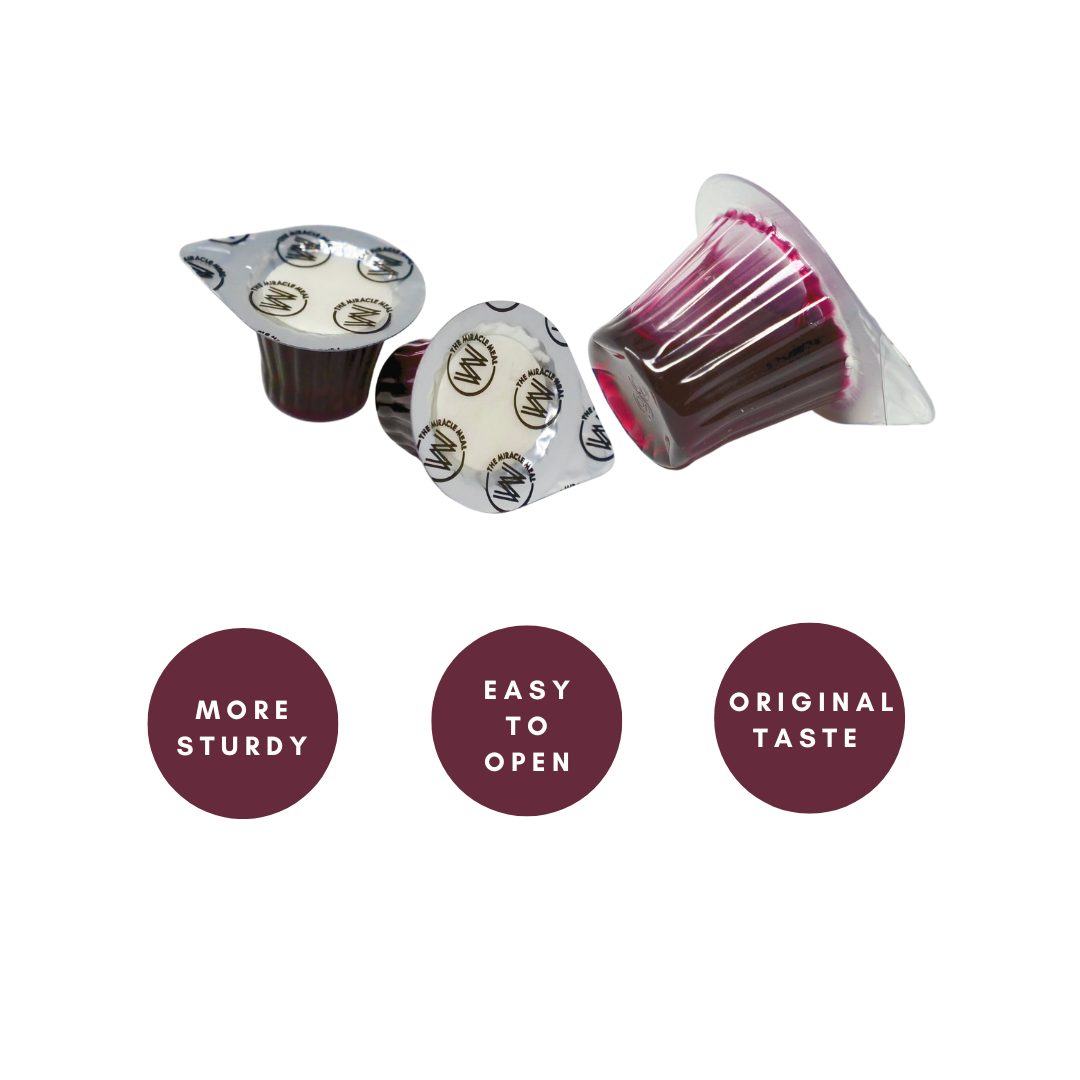Is Drinking From The Communion Cup Safe?
When contemplating the safety of drinking from the communion cup, many often wonder about the potential health risks involved. It’s a topic that holds particular relevance in today’s health-conscious world where concerns about germs, hygiene, and overall safety are paramount. This article will delve into various aspects, including the sanitation of traditional communal chalices, the advancements in pre-packaged alternatives, and the general practices that can ensure a safe communion experience.
Beyond merely addressing health concerns, this discussion aims to ground you in the various practices surrounding communion. Whether you are a member of a congregation, a church leader, or simply curious about the rituals involved, the safety of drinking from the communion cup is essential knowledge. Read on to explore the numerous precautions and innovations that can mitigate health risks while preserving the sanctity of this age-old tradition.
Sanitation in Traditional Communion Practices
Historically, the shared chalice has been a staple in many religious practices, symbolizing unity and communal participation. However, the practice does come with potential risks. Communal cups are often believed to facilitate the spread of germs and bacteria, particularly when multiple individuals drink from the same vessel. While some studies suggest that the alcohol content in wine and the metallic properties of certain chalices may reduce microbial threats, these claims are not foolproof.
To mitigate risks, churches have implemented various sanitary measures. Common methods include wiping the rim of the chalice with a clean cloth between sips and rotating the cup to expose a new section for each individual. Some congregations also use high-quality wine containing higher alcohol content, which may further minimize bacterial contamination. While these practices can reduce risks, they do not eliminate them entirely.
Another concern is the method by which the cup is administered. Many churches have transitioned to the practice of intinction, where congregants dip the wafer into the wine themselves. Even though this approach limits direct contact with the cup, it introduces a different risk—potential contamination from the fingers of numerous participants touching the same liquid.
Benefits of Pre-Packaged Communion Cups
Pre-packaged communion cups have emerged as a viable, hygienic alternative to traditional consecration methods. These individual servings include both the juice and wafer in a hermetically sealed container, ensuring that no human hand touches the elements before the congregant partakes in the sacrament. This advancement addresses a major concern by eliminating the risk of cross-contamination that can occur with a shared chalice.
The Miracle Meal’s pre-filled, pre-packaged communion cups come with a shelf life of one year, greatly reducing waste and simplifying storage logistics. The dual-seal technology—top film for the wafer and middle foil for the juice—ensures ease of use while maintaining silence, which is crucial for maintaining the solemnity of the communion service. The recyclable plastic cups also make them an environmentally friendly option.
Moreover, these pre-packaged units require no preparation, making them highly convenient for church staff and volunteers. Traditional methods often involve substantial preparation time, from pouring wine to arranging wafers, and ensuring that all components remain sanitary. The pre-filled communion cups eliminate these steps, allowing for a seamless, worry-free communion experience.
Practical Considerations for a Safe Communion
Recognizing the health risks associated with traditional communion, many congregations are exploring additional protective measures to ensure safety. Beyond the adoption of pre-packaged communion cups, churches can implement policies encouraging all participants to use hand sanitizer before partaking in the sacrament. Hand hygiene can substantially reduce the transmission of germs.
Another practical step is to educate congregants about safe communion practices. Simple guidelines like avoiding the touching of communal surfaces, maintaining physical distance, and refraining from participating if one feels unwell can contribute to a safer communion environment. Churches can communicate these guidelines through announcements, newsletters, and instructional signage.
Technological solutions can also play a role in ensuring communion safety. Live streaming services allow high-risk individuals to participate in communion from the safety of their homes. Churches can offer “drive-through” communion services, where congregants receive pre-packaged elements while remaining in their cars. Such innovative approaches allow for the continuation of religious practices while prioritizing health and safety.
Conclusion
The question of whether drinking from the communion cup is safe hinges on multiple factors including hygiene practices, preventive measures, and the type of communion method used. While traditional approaches come with inherent risks, the advent of pre-packaged communion cups offers a practical, hygienic solution. Congregations willing to adapt to these modern methods can continue to observe this sacred ritual without compromising on safety.
For a reliable and sanitary communion experience, consider exploring our selection of pre-filled, pre-packaged communion cups. Our innovative products are designed to uphold the sanctity of the ritual while ensuring the highest standards of hygiene, making them an indispensable choice for contemporary congregations. Visit our online store to shop for communion cups today.



